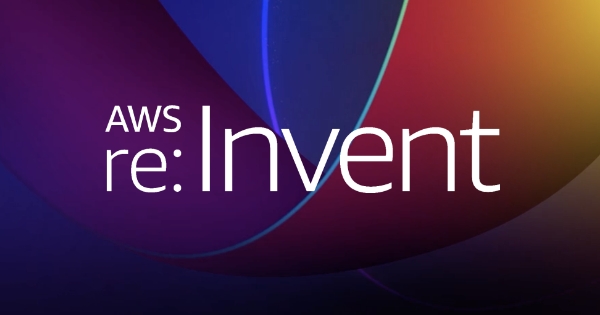“Hey, Dad… What’s an Ad?”

The question that my sons would ask me if they were not the progeny of an advertising 2.0 executive will undoubtedly face young fathers elsewhere soon. Just as previous generations asked “what’s a cheque?” “what’s a walkman?” or even “what’s full employment?”
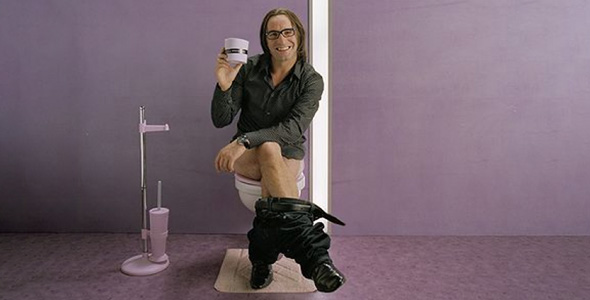
Do they know about toilet paper? Oh, great, phew! That would have been awkward…
Let’s face it: advertising as we have known it is dying. It’s a good death, though, after a decent century of life, from its beginnings in the newspapers and on billboards, then read live on the radio, and then as television washing powder ad series, and shampoo samples slipped between magazine pages. There were those revolutionary adverts by would-be Oscar winning directors before a movie, or cartoons created to sell model toys of various heroes. Then came comedians, unconsciously pushing the brands they were parodying in an ever more force-fed pop culture, plus of course online pop-ups, banners and pre-rolls. The life of advertising was rich, sailing along the twists and turns of the multi-media stream. But it is time to let her die in peace, and turn the page…
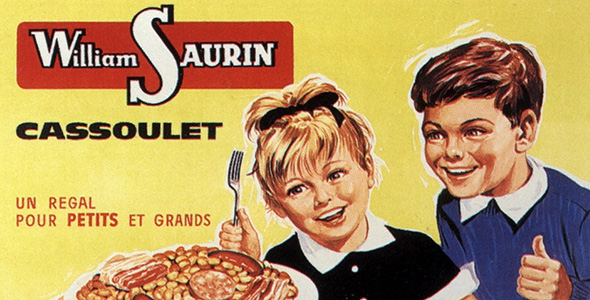
Are… these kids going to eat me? Am I the cassoulet in this scenario?
AD/ios
A variety of factors helped put dear Ad in her coffin. In the age of podcasts, VOD, pay-per-view sites, ad blockers and the General Data Protection Regulation, traditional channels to impose advertising on consumers are drying up. This passive model doesn’t work because today’s public chooses where and when it consumes its content, and it is increasingly difficult to take up people’s available brain time without their explicit consent: Netflix has no interest in annoying you by sticking advertising spots in the middle of your series binge. Third party retargeting is blocked by default on iOS, Google will not place over-invasive ads on Chrome, and the rate of response to emails requesting permission to continue sending this or that newsletter – required by GDPR – is ridiculously low.
User experience now determines the success of goods and services, while a hotel or restaurant has more chance of attracting customers if it is proposed by Google Maps during a journey. Your voice assistant will choose where you order pizza, when you ask. And even if you’re not yet a convert to Alexa and her friends, you’ll be more likely to use Deliveroo or Uber Eats apps than call the local Chinese restaurant to make an order. If you’re not afraid of a shock to the system and serious learning exercise, ask a teenager his or her favourite magazine: it won’t be on paper, but on touchscreen.
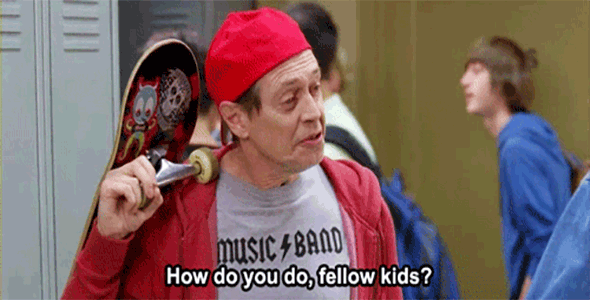
Music Band is literally my favourite orchestra!
Convenience, cachet and relevance
The only things resisting this change are display advertisements, products promoted by influencers, and advertisers who actually produce relevant content. Display ads still work on the basis of indiscriminate exposure to the greatest number of people. But the new paradigm, under which the current generation grew up, works via personalised messages and the cachet of their sender. Word of mouth has lost none of its effectiveness either: a loved one or even your favourite YouTuber, will easily convince you of the quality of a product or service, and you will trust these people more readily than the manufacturer or service provider.
All this is in fact related to the concept of community: we trust our peers, even if they aren’t our nearest and dearest. Communities of shared interests see their members exchange experiences, advice, questions and other things related to what brings them together. We trust our parents when it comes to buying our first car or property because we recognise and respect their greater experience in these areas.
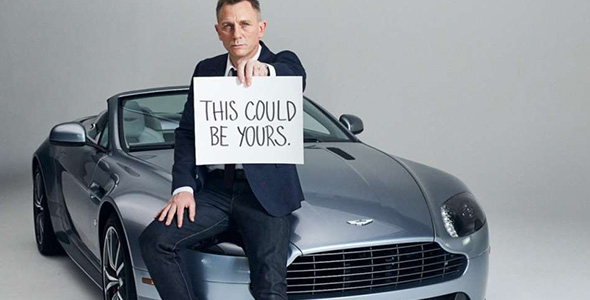
Seriously, this could be my DAD???
Communities > mass media
The challenge for marketing agencies is to reach out to this generation immune to mass media advertising, which bases its consumer decisions on the opinions of peers, plus the convenience and availability of relevant goods and services. We do this – surprise, surprise – partly by improving the quality of the user experience.
Digital agencies have a big advantage here: they have the skills to build strategies around personal assistants (Siri or Alexa, for instance), applications like Google Maps, Deliveroo or Uber Eats, and the digital services that make up Generation Z’s daily diet. But this expertise is also about helping brands produce relevant content: for instance, a tool manufacturer has a vested interest in producing DIY videos that don’t just highlight its products but have intrinsic value to its potential users – via entertainment, teaching or tutorials.
 – Nothing like a few litres of Red Bull to get you through a Fortnite all-nighter!
– Nothing like a few litres of Red Bull to get you through a Fortnite all-nighter!
– Oh thanks, Ninja, that sounds SO healthy!
AdBlock generation and free content
New strategies should also include using trusted online influencers to promote relevant, original content. One common example: YouTubers sponsored by e-learning platforms often explain that they learned to edit their videos thanks to their sponsors. The message is digested even more easily because Generation Z does not expect to pay for content, so is more prepared to hear favourite vloggers praise the merits of a particular brand which made this content available, and free of charge.
By integrating this kind of advertising in a smart, relevant way, brands have an exponentially greater chance of reaching this audience – even though it is allergic to pre-rolls and protected by advertising blocking technology. And what agencies must understand more than anything to reach the new generation is that it isn’t just generation Snapchat or Fortnite: this is above all generation AdBlock!
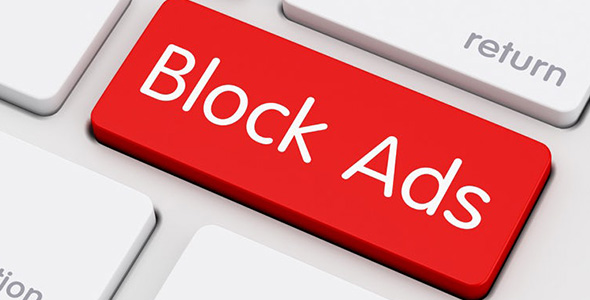 If you happen to know where that ‘Block Ads’ key is, please tell us in the comments.
If you happen to know where that ‘Block Ads’ key is, please tell us in the comments.




